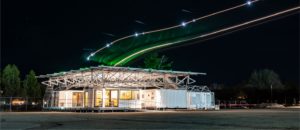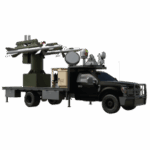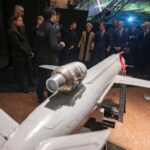
Air Force leaders working to support the development of electric vertical takeoff and landing (eVTOL) aircraft in the U.S. acknowledge that this new segment of aerospace will require a robust supply chain to rapidly develop prototypes and achieve expected production rates. Officials from Agility Prime, the service’s effort to procure eVTOL aircraft and ensure their commercial success, discussed supply chain challenges and the government’s role in creating solutions during a webinar on June 3. The main goal of the effort…

 By
By 











